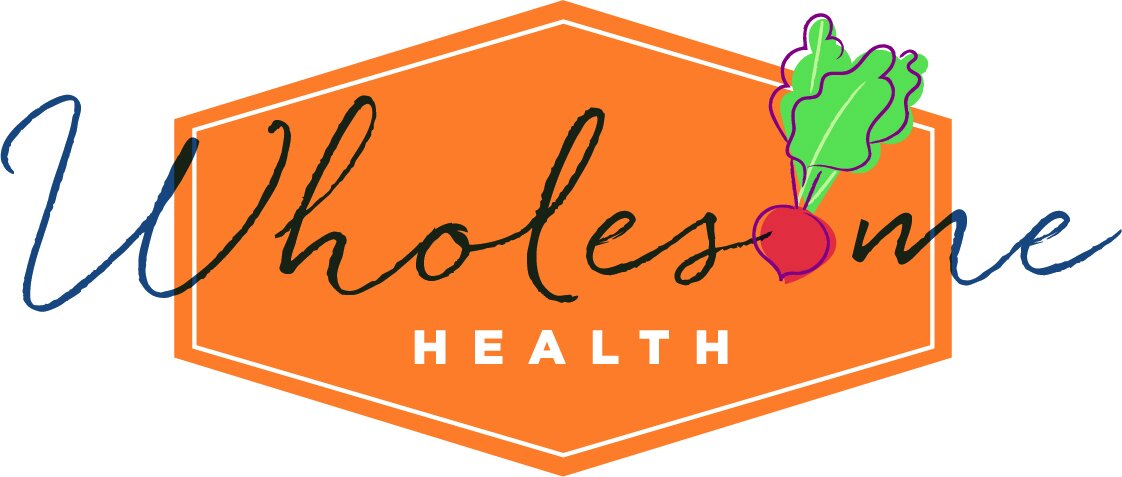Diets 101: DASH Diet
Last week, I talked about the Mediterranean diet. Another diet with similar principles is the DASH diet or Dietary Approaches to Stop Hypertension. As the name suggests, this diet focuses on food choices to help lower blood pressure levels. Today I’ll discuss what foods make up the DASH diet and some easy ways that you can start eating this way right away!
What is the DASH diet?
Similar to the Mediterranean diet, the DASH diet isn’t really a “diet.” All food groups can still be included making it a more flexible approach to improving heart health. The DASH diet focuses on including foods high in protein, fiber, potassium, calcium, and magnesium. It suggests reducing the consumption of foods high in sodium, saturated and trans fats, and cholesterol.
Daily nutrient goals
Sodium - no more than 2,300 milligrams
Potassium - at least 4,700 milligrams
Calcium - at least 1,250 milligrams
Magnesium - at least 500 milligrams
Fiber - at least 30 grams
Foods to include
Fruits - mostly whole fruits rather than juice
Vegetables - consume a variety of colors
Grains - at least half of which are whole
Fat-free or low-fat dairy
A variety of protein - lean poultry, eggs, seafood, legumes, nuts, seeds, soy products
Small amounts of oil
Foods to limit or avoid
Packaged snack foods high in sodium
Food and drink with added sugars
High-fat and processed meats
Why follow the DASH diet?
As you can see, the DASH diet has been shown to improve heart health by lowering blood pressure and possibly preventing or reducing the severity of heart failure. It may even improve blood sugar levels in people with diabetes.
For more information on heart-healthy eating, be sure to check out these previous blog posts of mine.
For more information about eating with diabetes, check out these blog posts.
Though the Mediterranean and DASH diets are very similar, the main difference between the two is the recommended intake of fat. The DASH diet emphasizes a lower intake of fat overall by recommending low- or non-fat dairy and smaller amounts of oils. I believe both diets can be beneficial so it’s important to figure out what you think works best for you and your health goals. If you’d like more specific recommendations, schedule a free 15-minute call with me to learn more!
How you can start following the DASH diet today!
It seems the main problem with any diet is that it can be hard to stick to long-term. Rather than making large drastic changes, I recommend starting small. Over time, small changes will add up and make a big difference in your health. Here are a few ways you can start following the DASH diet today:
Add a piece of fruit to your breakfast.
Buy unsalted almond or other nut butter, or make your own.
Make your own muffins instead of buying them from the store.
Make egg muffins at home instead of buying them at a coffee shop or restaurant.
Used dry beans or lentils rather than purchasing canned.
Look for no-salt-added canned goods.
Use garlic or onion powder instead of garlic or onion salt when cooking.
For even more ways to lower your sodium intake, be sure to check out one of my previous blog posts.
Now that you know what the DASH diet is, what do you think about trying it out? As I said, you don’t need to change everything all at once, just try picking 1-2 small things to focus on initially and build up from there. Stay tuned for future posts about the other various diets out there!



